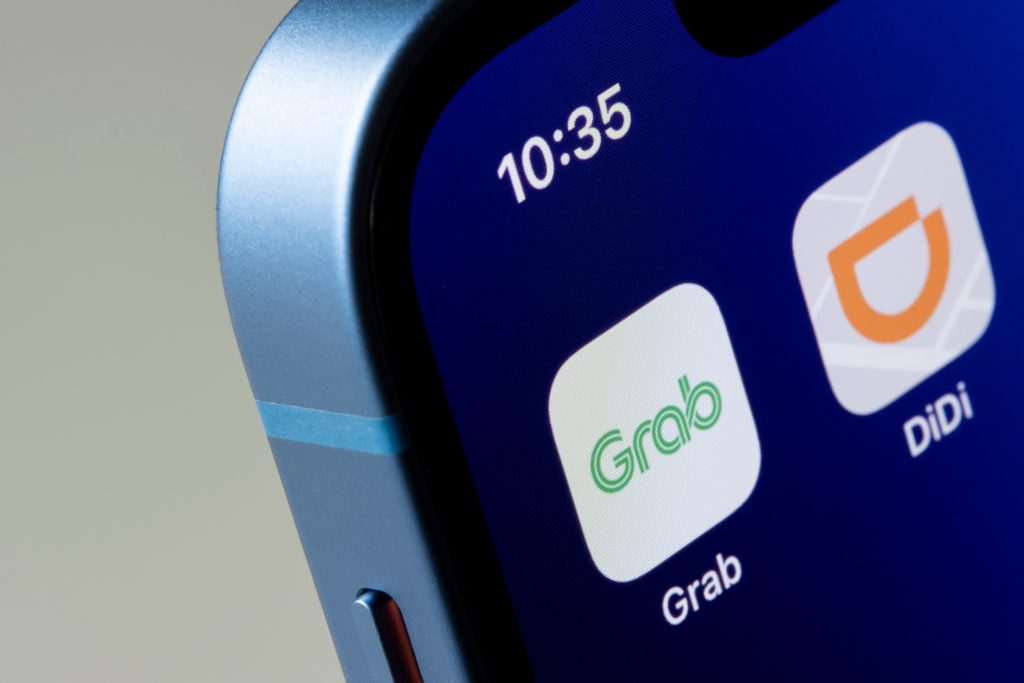
Subscription fatigue is real. In 2024, Forbes reported that the average US consumer spends as much as $924 per year on subscription services. As digital offerings multiply, users are overwhelmed — not just by costs, but by fragmented experiences. Enter the superapp: an all-in-one platform that consolidates essential digital services, from mobile plans to entertainment and lifestyle into a single interface. Hamish White, CEO and founder of telecom software provider Mobilise, explores how superapps could be the cure to subscription fatigue.
Unlimited TV shows, on-demand fitness classes, healthy snack boxes and productivity tools are just some of the many regular items arriving in inboxes and at doorsteps each month. That’s without thinking of the more ‘traditional’ subscriptions, like broadband and phone contracts.
According to 2024 YouGov research, 31 per cent of the 2,000 UK consumers surveyed had cancelled or removed at least one streaming service in the past twelve months and 39 per cent reported they were likely to cancel a service in the near future. Managing subscriptions isn’t just a financial burden, but a logistical one. Juggling multiple logins, payment cycles, notifications and overlapping services can understandably drain consumers. But they are not the only ones to suffer.
Churn challenges
Subscription churn is a growing concern for businesses, with users increasingly quicker to cancel services that don’t offer clear, consolidated value. Last year, while Netflix reported a ‘very good’ first quarter in 2024, it also made a surprise announcement that it would stop reporting quarterly subscription figures in 2025.
The result? Days later, a 9.4 per cent drop in Netflix stocks was reported, as investors feared that the lack of visibility signalled a looming slowdown in the service’s growth. Whether or not Netflix is guarding its subscriber figures for this reason isn’t clear, but the impact of this decision serves to show that subscription metrics are seen as a key barometer of business health.
The superapp opportunity
The telecom industry has long relied on valueadded services (VAS) such as streaming, gaming and fitness to differentiate its core offerings. But traditional VAS models are now considered outdated. They often lack personalisation, operate in silos and fail to provide the seamless, integrated experiences consumers expect.
So, while subscription fatigue poses a threat to many digital services, it’s also an opportunity — particularly for telecom operators. Telcos are in a unique position to consolidate value for their customers by evolving into digital-first brands that offer more than their historic VAS have been able to.
Unlike over-the-top (OTT) players like WhatsApp, Netflix and Spotify, telecom operators own direct relationships with their customers. They control critical aspects of billing, customer identity and connectivity infrastructure that make valuable assets for building a multi-service platform. It’s therefore possible for telcos to expand their offerings into “superapp” territory, offering multiple digital services on a single, streamlined platform.
Superapp success
A successful superapp offers diversity. Telecoms operators can embed a range of digital services onto one platform, such as mobile plans, financial services, entertainment, travel bookings and insurance. We’re seeing the inverse of this happening too — challenger bank Revolut recently announced its expansion into the mobile market, while energy firm Octopus has also revealed that it’s exploring plans to diversify into the telecoms space.
Superapps are fast finding their place in the digital space, with Gartner expecting that, by 2027, over half of the global population will be daily active users of multiple super apps. Valued at USD 61.3 billion in 2022, by 2030 the superapps market is expected to grow to USD 426 at a CAGR of 27.8 per cent from 2023 to 2030.
The existing insights a telco has in their arsenal can help personalise the user experience to help keep consumers on the app. Information such as call history, data consumption and in-app usage could help a telco deploy intelligent algorithms to offer tailored recommendations, proactive support and targeted services that make the app indispensable in a consumer’s digital life.
Crucially, these insights don’t just enhance telecom offers but can be leveraged to personalise other services too. For instance, usage patterns might suggest when to recommend travel deals, entertainment content or digital finance services. By understanding behavioural trends, telcos can intelligently surface value-added services at the right time, turning their superapp into a lifestyle hub.
Telcos have the foundations already in place. Their existing mobile apps can lay the groundwork for additional digital services that keep customers engaged without fatiguing them. As competition continues to soar and players enter the market from different backgrounds, telcos are uniquely positioned to tackle subscription fatigue and modernise their outdated VAS offerings.
Want to learn more about superapps and the opportunities they present the telecoms industry? You can download Mobilise’s whitepaper ‘Why telecoms should become superapps and how to do it’ via the website.
Inside Telecom provides you with an extensive list of content covering all aspects of the Tech industry. Keep an eye on our Press Releases section to stay informed and updated with our daily articles.